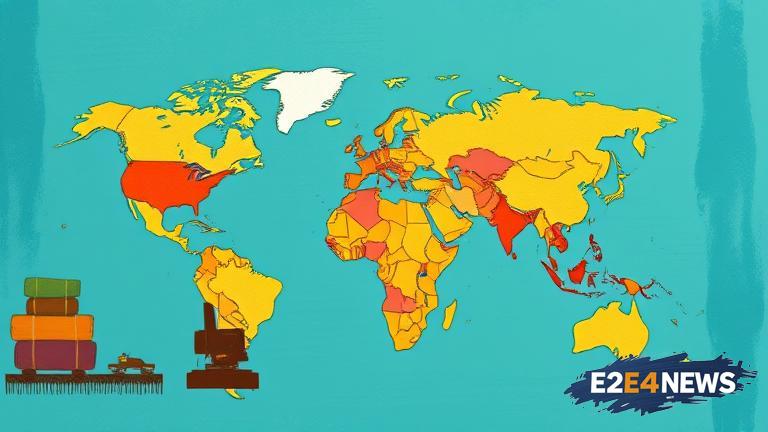The Indian textile industry has been facing significant challenges due to the imposition of tariffs by the US government. However, exporters are now looking at Free Trade Agreements (FTAs) as a potential solution to mitigate these losses. The US has imposed tariffs on various Indian textile products, including fabrics, garments, and home textiles, which has resulted in a decline in exports to the country. Despite this, Indian textile exporters are optimistic about the future, citing the potential benefits of FTAs with other countries. The Indian government has been actively pursuing FTAs with several countries, including the European Union, the UK, and Australia, which is expected to provide a boost to the textile industry. These agreements are likely to reduce or eliminate tariffs on Indian textile products, making them more competitive in the global market. The textile industry is one of the largest employers in India, providing livelihoods to millions of people, and any decline in exports can have significant social and economic implications. However, with the help of FTAs, Indian exporters are confident of increasing their exports to other countries and compensating for the losses incurred due to US tariffs. The Indian government has also been providing support to the textile industry through various schemes and incentives, including the Production Linked Incentive (PLI) scheme, which aims to promote the production of high-value textile products. The PLI scheme has been successful in attracting investments in the textile sector, and several companies have already started production under the scheme. The Indian textile industry is also focusing on sustainability and innovation, with several companies investing in new technologies and sustainable practices. This is expected to help the industry to become more competitive and attractive to global buyers. The US tariffs have also prompted Indian exporters to diversify their exports to other countries, including those in Southeast Asia, the Middle East, and Africa. This diversification is expected to reduce the dependence on the US market and provide a more stable and sustainable export base. The Indian government has also been engaging with other countries to negotiate new FTAs and to strengthen existing ones. For example, India has recently signed an FTA with the United Arab Emirates (UAE), which is expected to provide a significant boost to the textile industry. The FTA with the UAE is expected to reduce tariffs on Indian textile products and provide preferential access to the UAE market. Similar FTAs are also being negotiated with other countries, including the EU and the UK. The Indian textile industry is also expected to benefit from the ongoing trade tensions between the US and China, as several companies are looking to diversify their supply chains and reduce their dependence on China. This is expected to provide an opportunity for Indian exporters to increase their exports to the US and other countries. However, the Indian textile industry also faces several challenges, including competition from other countries, such as Bangladesh and Vietnam, which have lower labor costs and more favorable trade agreements. To overcome these challenges, the Indian government and the textile industry will need to work together to promote the industry and provide support to exporters. This can include providing training and capacity-building programs for exporters, as well as investing in new technologies and sustainable practices. Overall, while the US tariffs have posed a significant challenge to the Indian textile industry, the sector is expected to bounce back with the help of FTAs and other government initiatives. The industry is optimistic about the future, and with the right support and policies, it is expected to continue to grow and thrive in the coming years.





